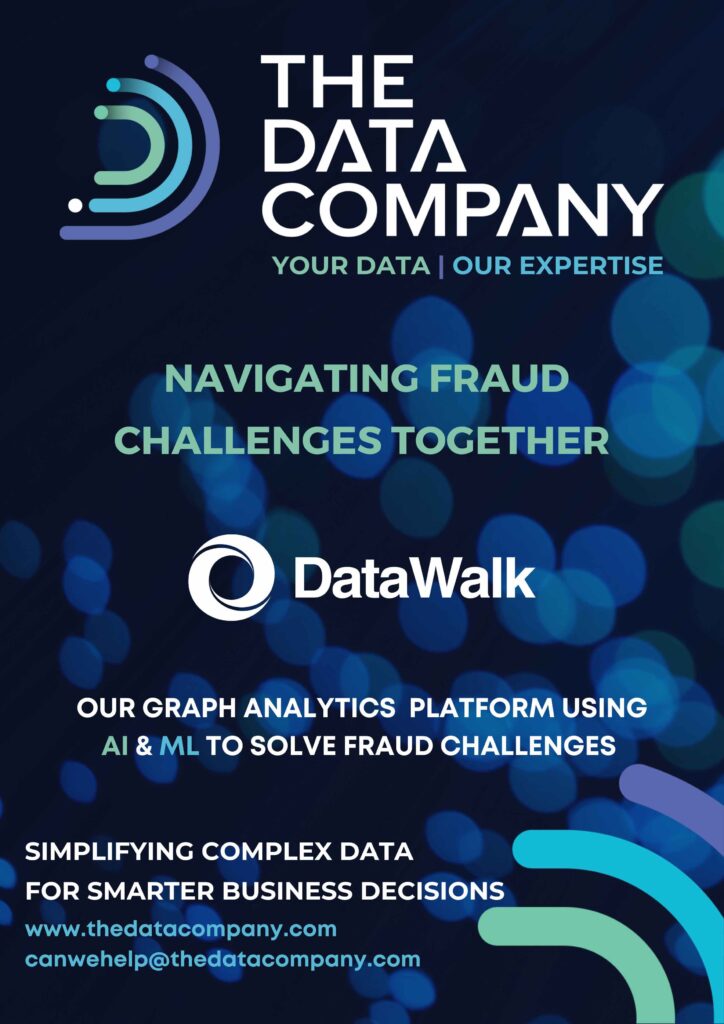By Erik Redelinghuys, Partner: Predictive Analytics at King Price Insurance

‘Digital transformation’ is one of the biggest buzzwords in business. But amidst the hype, we often lose sight of what it is, and why it’s important. Basically, digital transformation is the rewiring of an organisation, with the goal of fundamentally changing how you operate and deliver value to your customers by continuously deploying technology that can scale. Most companies are doing this to some extent, but we’re seeing that a range of existing technologies is maturing and converging – and it’s driving a step-change in how technology is improving business imperatives.
We’re seeing mobile connectivity, capability and bandwidth increasing rapidly, with projects like Starlink (satellite internet) and the ever shrinking processing chip by companies like NVIDIA leapfrogging us into the future. Cloud computing has become mainstream, and allows businesses to scale standardised services and drive down costs. Advanced quantum computing means we’ll be able to process vast numbers of transactions at a fraction of traditional speeds, which allows businesses to deal with ever-increasing amounts of data, and in turn to transform this data into AI-driven solutions to business challenges.
But in the insurance industry, especially, transformation isn’t just about the technology. It’s about what the technology can do for our business and our clients.
Usage-based insurance models
Usage-based insurance is a growing global trend. People don’t want to pay full premiums for assets that are used infrequently – and rightly so. In South Africa, a growing number of companies are bringing usage-based products to market, basing car premiums on the number of kilometres that clients drive per month, the value of their cars and their personal risk profiles. And this is where technology is playing an increasingly important role. For example, the pay-as-you-drive product we developed when car usage was so much less than normal during the Covid lockdown, used car odometer photo uploads which we pushed through image recognition algorithms to confirm the kilometres travelled, as well as the authenticity of the photos.
Usage-based insurance is also extending into areas like agriculture, with King Price seeing a steady uptake of our ‘pay as you farm’ agri insurance product, which offers farmers comprehensive cover for their agri vehicles all year round, linked to an annual rebate based on the time that the vehicles are actually used.
Total value-chain solutions
In the community insurance world, King Price’s award-winning Felix platform brings brokers, managing agents, service providers, and trustees and homeowners in community schemes like sectional title developments, estates and retirement villages, along with King Price’s community insurance claims and underwriting departments, all together in one place.

Navigating fraud challenges together
Connect, visualise and analyse data to identify and stop fraud with DataWalk: Our graph analytics platform using AI & ML to solve fraud challenges.
While Felix manages all the claims for the 75,000+ assets that King Price community insurance covers, it fast-tracks claims for things like geysers and broken glass, which account for up to 70% of all the community insurance claims we receive. These claims are logged electronically, authorised instantly, and scheduled for immediate repair by an approved service provider – with no human interaction. This means that a plumber or electrician can be with our client within 90 minutes of logging an incident. As a result, body corporates and managing agents are seeing more effective claims cost control, and shorter claims cycles and incident reporting lag times.
The detail is in the data
As an insurer with many different business lines, consolidating data into a single view is a complex exercise, especially given the fact that the business processes across the different areas of the business aren’t exactly the same. Increasing data accuracy in an insights-driven industry like insurance demands that tech teams have close relationships with the business and are entrenched in daily activities.
But when the balance is right, the results are clear. King Price recently implemented a data-driven write-off model, which predicts whether a car that was in an accident should be written off or not, with the idea being to make the process simpler for our clients and to utilise our own resources more efficiently. By looking at the accident conditions and the damage, as well as the potential salvage value we can recover, the model predicts whether it’s smarter, faster and more cost-effective to write off a car sooner. Speeding up the process makes it easier for our client to move on from an accident and look for a new car sooner, if necessary.
AI is an answer but humans are still the solution
Everyone’s talking about AI, but opinion on AI is divided. One group thinks AI is still only a buzzword; others believe that it’s somewhere between the ‘innovation trigger’ and ‘trough of disillusionment’ phases on the Gartner hype cycle, where the ability to add actual commercial value within an organisation hasn’t been harnessed. The sweet spot lies in keeping the human in your AI loop – also known as HITL (human-in-the-loop). With HITL, the human is still effectively making the decisions, with the machine providing recommendations, context and supporting evidence to save time.
Let’s take a practical example of the image generating engine, DALL-E. This is scarily creative with digital art, but it has some way to go with authentic life images. So, if someone was to use DALL-E to create an image of a staged car accident to support a fake insurance claim, a human would pick up the anomalies instantly. Recent deepfake video scandals also necessitate the need for HITL systems. For now, let’s watch this space.
The biggest outcome of any digital transformation has to be giving organisations the ability to deliver better client experiences and earn lasting loyalty in a world of change. True transformation means rebuilding businesses from the inside to ensure that their people, processes and technology all work together to put their clients first.

